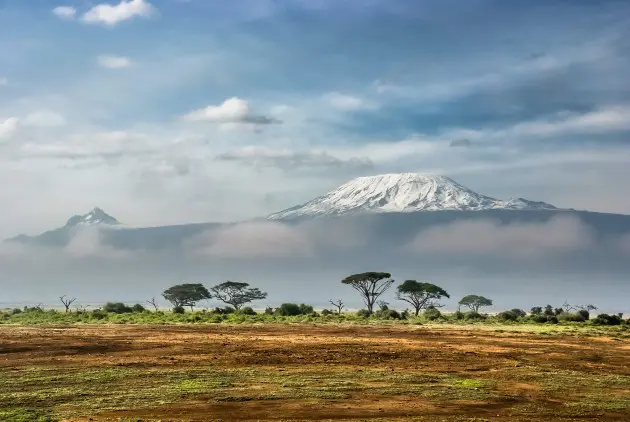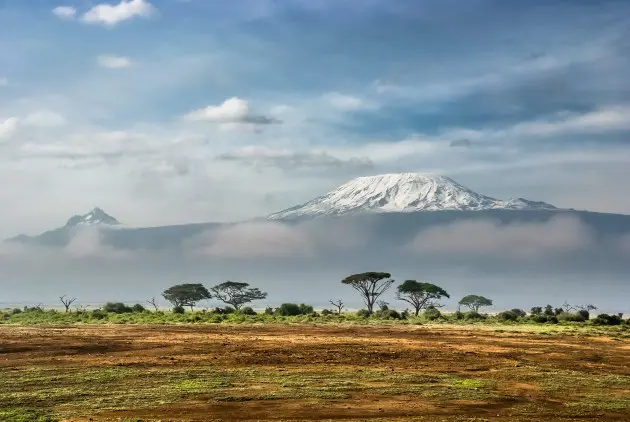
Searing Heatwaves in the Sahara
The Sahara Desert continues to endure exceptional heat, with temperatures soaring to historic highs. Recent measurements show parts of Algeria’s Tamanrasset region hitting 49.2°C (120.6°F), while southern Libya reported temperatures near 48.5°C (119.3°F). Egypt’s Aswan area also registered highs around 47.8°C (118°F). These scorching temperatures prolong drought conditions, intensify water scarcity, and increase heat-related health risks for local populations.
The persistent heat drives dry winds and dust storms, impacting air quality and visibility across the Sahara and neighboring regions. This extreme heat also influences atmospheric circulation, potentially altering weather patterns far beyond northern Africa.
Hot End of Autumn in South Africa
South Africa is experiencing an unusually warm and dry late autumn period. Johannesburg recorded daytime highs reaching 33.5°C (92.3°F), well above the typical 25-27°C range for May. Durban and Pretoria similarly reported highs around 31-32°C (87.8-89.6°F), with nighttime lows remaining unusually warm near 18-20°C (64.4-68°F).
This delayed cooling hampers the onset of the cooler, wetter winter season, exacerbating drought conditions in parts of the country. Fire risks are elevated in the dry grasslands and forests, with several wildfires already reported in the Limpopo and Mpumalanga provinces.
Floods Disrupt Central Africa
Central Africa has been battered by heavy and persistent rainfall over the past two weeks. The Democratic Republic of Congo’s Kisangani region experienced rainfall totals exceeding 150 mm (6 inches) within 72 hours, leading to severe flooding and widespread displacement. Cameroon’s Yaoundé saw similar rainfall volumes, resulting in flash floods that damaged homes and infrastructure.
The flooding stems from an intensified West African monsoon and warm Atlantic sea surface temperatures fueling moist air influx. Swollen rivers, including the Congo and Sanaga, have overflowed, affecting agricultural lands and increasing risks of waterborne diseases.
Regional Outlook
Meteorological models suggest the Sahara’s heatwave will persist into early June, maintaining high temperature extremes. Central Africa’s flood risk remains elevated due to continuing moist air masses and potential for further heavy rainfall. Meanwhile, South Africa is expected to gradually transition towards cooler, wetter winter conditions by mid-June, though warm spells may still occur intermittently.



























